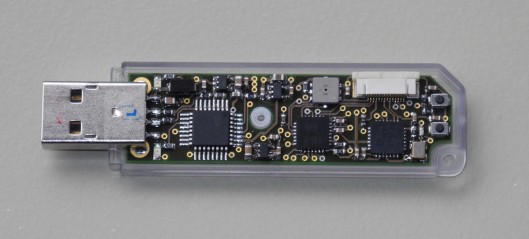Navigation in areas where GPS does not work

Fraunhofer Research together with Bosch razrabatyvat system Smartsense — sensor for smartphones with the capabilities of precise indoor navigation, where does not get a signal the GPS satellites.
The system is useful for orientation in the major shopping and exhibition centers. The heart of the system — two sensors: the accelerometer registers the movement speed of the person and the sensor tracks the magnetic field move relative to the natural magnetic field of the Earth. The joint operation of the sensors provides precise data about the location of the person, which can be used with a navigation application of a smartphone.
The operation of the system is impossible without a pre-known layout of the room. The company Fraunhofer Research believes that over time, users will be able to download the plans in the navigation app, or scan the QR-code, which will contain a link to the download.
Not so long ago on habré the question was discussed, which may apply the algorithm of particle filter. Here we have a striking example. Obviously, if the system requires knowledge of the floor plan, that is a priori information based on spatial filtering, such as Kalman filter or Monte-Carlo (particle filter).
You can imagine how it works: the program records the last known value of the GPS coordinates, it's obviously somewhere near the entrance to the Mall. Further, the accelerometer works like an inertial navigation system and magnetic sensor (compass?), apparently, used to correct for arbitrary orientation of the accelerometer — the phone may be in the pocket or in the hand of the customer in any position!
If the room was a indoor stadium, our ability to Orient would be severely limited: the error of inertial navigation quickly accumulate. But if inside there are corridors, some passages of the wall, then knowing the floor plan and having an approximate information about the direction of movement and speed of the client, you can use these "obstacles" as a label, and probability to estimate the position of a person with a smartphone.

In the illustration to the source news shows a USB dongle that supposedly is described supercatchy. But I wonder, and do I need a separate sensor? Perhaps the standard accelerometer and digital compass, which is already in the phone. Good this be it startup with clear prospects of monetization.
Комментарии
Отправить комментарий